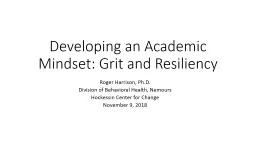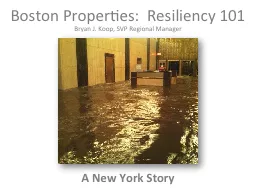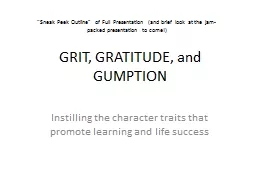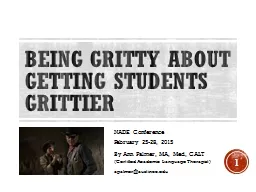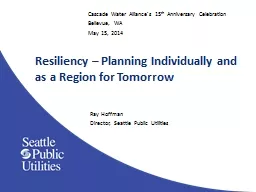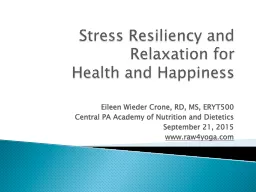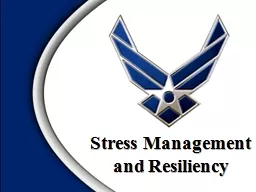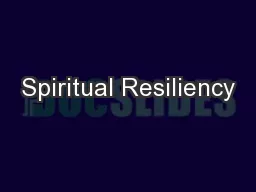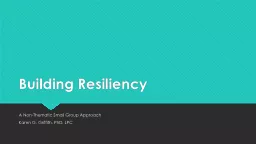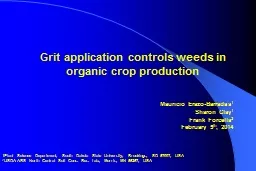PPT-Developing an Academic Mindset: Grit and Resiliency
Author : alida-meadow | Published Date : 2018-12-19
Roger Harrison PhD Division of Behavioral Health Nemours Hockessin Center for Change November 9 2018 Human Brain Development Human Brain Development Cognitive Skills
Presentation Embed Code
Download Presentation
Download Presentation The PPT/PDF document "Developing an Academic Mindset: Grit and..." is the property of its rightful owner. Permission is granted to download and print the materials on this website for personal, non-commercial use only, and to display it on your personal computer provided you do not modify the materials and that you retain all copyright notices contained in the materials. By downloading content from our website, you accept the terms of this agreement.
Developing an Academic Mindset: Grit and Resiliency: Transcript
Download Rules Of Document
"Developing an Academic Mindset: Grit and Resiliency"The content belongs to its owner. You may download and print it for personal use, without modification, and keep all copyright notices. By downloading, you agree to these terms.
Related Documents

